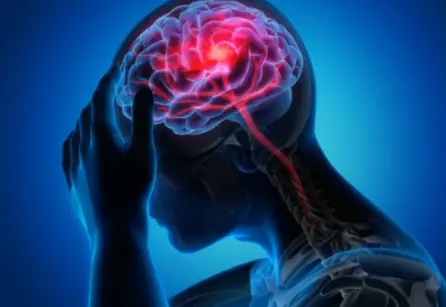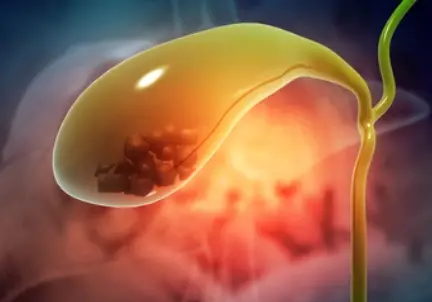 Welcome
Welcome
“May all be happy, may all be healed, may all be at peace and may no one ever suffer."
Peripheral arterial embolism - Generics
Peripheral arterial embolism is a condition where a blood clot, fat, air bubble or other foreign material blocks an artery that supplies blood to the arms, legs or feet. This can cause sudden pain, numbness, and/or weakness in the affected limb. If left untreated, peripheral arterial embolism can cause tissue damage and even lead to gangrene, which may require amputation.
Symptoms of peripheral arterial embolism may include:
- Sudden onset of pain, numbness, or weakness in the affected limb
- Pale or blue skin color in the affected limb
- Cold skin temperature in the affected limb
- Weak or absent pulse in the affected limb
- Reduced or absent sensation in the affected limb
- Tissue damage, such as blisters, sores, or gangrene
Treatment of peripheral arterial embolism involves removing the blockage to restore blood flow to the affected limb. In some cases, this can be done with medications such as blood thinners to dissolve the clot. However, if the blockage is large or if medication treatment is not effective, surgery may be necessary. Surgery can involve removal of the clot, bypassing the blocked artery with a graft, or amputation if tissue damage is severe.
Prevention of peripheral arterial embolism involves managing risk factors such as smoking, high blood pressure, and high cholesterol. People with a history of blood clots or circulation problems may also benefit from medications such as blood thinners or antiplatelet agents to help prevent future clots.

Disinfection

Aggression

Burns with a gastric fist...

Acute agitation

Hepatitis C virus

Hypoprothrombinemia

Primary amoebic meningoen...

Prevention of gallstones
Peripheral arterial embolism, পেরিফেরাল ধমনী এম্বোলিজম
To be happy, beautiful, healthy, wealthy, hale and long-lived stay with DM3S.